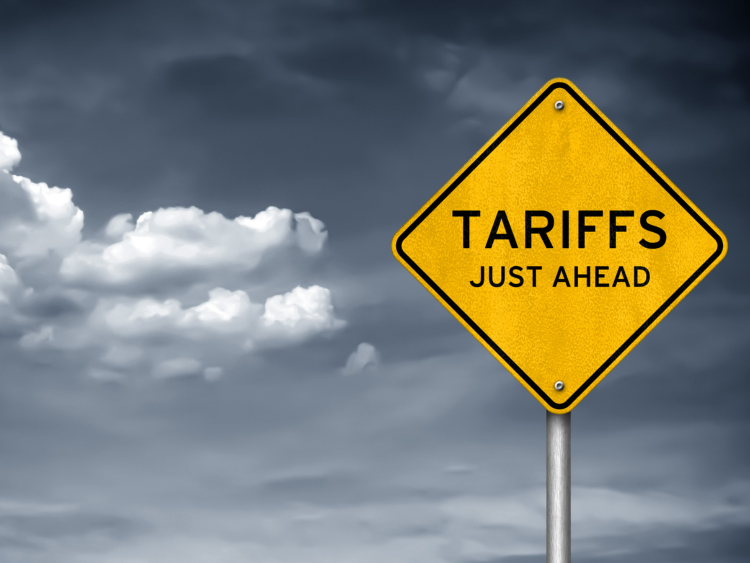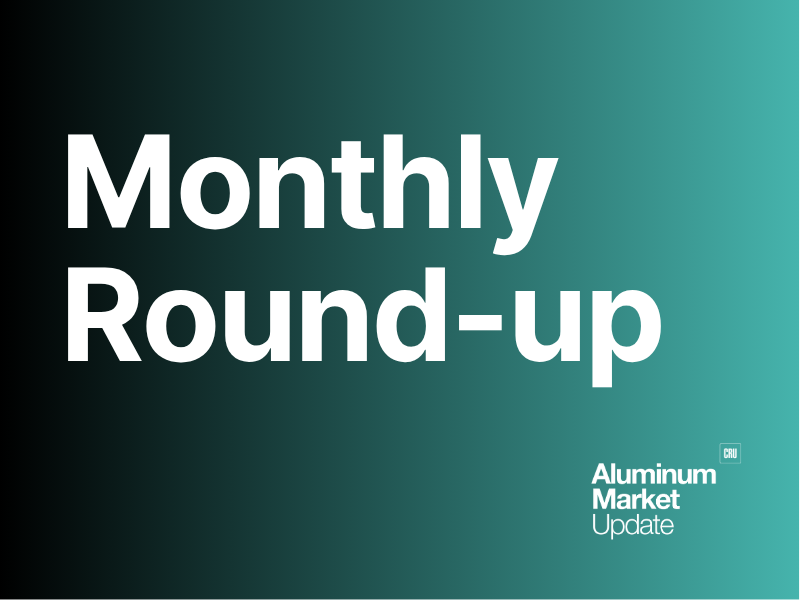Global Trade

June 3, 2025
Aluminum imports: FTZ vs bonded warehouse - What you need to know
Written by Gabriella Vagnini
This is everything about using Foreign Trade Zones (FTZs) versus bonded warehouses for importing aluminum, like P1020 from Canada into the U.S., especially with the new 50% tariff in place June 4.
Key facts about P1020 aluminum imports into the U.S.
As of June 4, 2025, the U.S. now applies a 50% tariff on all aluminum imports, including from Canada. That includes P1020.
- Canadian origin aluminum no longer qualifies for USMCA exemption.
- You can either bring the metal into a Foreign Trade Zone (FTZ) or a bonded warehouse, but the two systems work very differently.
- You cannot move metal from a bonded warehouse into an FTZ or vice versa without triggering a customs entry and paying the tariff.
- LME warrants can only be issued from LME approved FTZ warehouses, not bonded warehouses.
What you can and cannot do
YES – You can bring P1020 into an FTZ and wait there without paying the tariff, as long as it’s not withdrawn into U.S. commerce.
YES – You can move metal from one FTZ to another (ex. Detroit to Chicago) by bonded truck or rail without triggering tariffs.
NO – You can’t take aluminum from a bonded warehouse and transfer it to an FTZ without paying the duty.
NO – You can’t use a bonded warehouse to issue LME warrants.
YES – You can export out of the U.S. from either FTZ or bonded warehouse and avoid paying the tariff altogether.
Example scenario: 10,000 mt of Canadian P1020 imported into the U.S.
If you import 10,000 mt of P1020 into an FTZ warehouse in the U.S., you don’t pay any duty or tariff on it until it is shipped out for U.S. commerce. However, see below answers to some common questions.
- You can ship out 1,000 mt in month 1 and only pay the 50% tariff on that portion.
- You can keep the rest sitting in the FTZ without paying anything until you move more.
- You can move the remaining stock to another FTZ (ex. Detroit to Chicago) without paying duty, using bonded transport and proper FTZ paperwork.
- If the tariff later drops to 10%, you’ll only benefit from the lower rate if CBP approved the original entry as non-privileged foreign (NPF). If it was privileged foreign (PF), you’re stuck with the 50% rate.
What Privileged Foreign (PF) status means
PF status locks in the tariff rate at the time the aluminum enters the FTZ.
- You’ll owe that rate no matter what happens later, even if tariffs drop.
- CBP requires PF status for aluminum subject to Section 232.
FTZ vs bonded warehouse the real differences
| Feature | FTZ | Bonded warehouse |
|---|---|---|
| Tariff paid on arrival | No | No |
| Tariff rate fixed at | FTZ admission (PF) | Withdrawal |
| Can store long-term | Yes – unlimited | No – 5 year max |
| Can withdraw in parts | Yes | Yes |
| Can export and avoid duty | Yes | Yes (with drawback) |
| Can transfer to another facility | Yes – FTZ to FTZ | No |
| Can move from/to the other type (ex. FTZ to bonded and vice versa) | No | Yes, but in restricted status only. Can only be exported. |
| Can issue LME warrant | Yes – if LME approved FTZ | No |
| Customs entry required at arrival | No (just Form 214) | Yes (Form 7501) |
| CBP oversight | Light with audits | Heavy, day-to-day |
LME warrants and when tariffs apply
If you put P1020 aluminum on LME warrant while it’s stored in a U.S. FTZ, you do NOT have to pay any tariffs or duties. Just because it’s warranted doesn’t mean it’s entered into U.S. commerce. Customs doesn’t care about who owns it, they care about whether it’s been officially withdrawn from the FTZ and a 7501 has been filed.
If someone else buys that LME warrant and the metal stays in the FTZ, they still don’t owe any duty. The tariff only applies when the metal is pulled out of the FTZ and released into the U.S. market. Until then, no 50% tariff is triggered.
You can trade warrants, re-sell them, re-export the metal, all with zero duty as long as it stays in the FTZ.
What “U.S. commerce” really means
Goods officially enter U.S. commerce when a 7501 Entry for Consumption is filed, and duties/tariffs are paid. That’s when they’re allowed to move freely in the U.S. economy. Before that, goods sitting in an FTZ or bonded warehouse are technically still outside U.S. customs territory.
Selling title while the metal is still in the FTZ? Fine. Moving it FTZ to FTZ? Fine. But once you file a 7501 and release it domestically, that’s when tariffs hit.
Secondary aluminum vs. P1020 (primary)
P1020 is pure primary aluminum, LME grade, typically from large smelters like Rio Tinto or Alcoa. It’s subject to Section 232 tariffs and tightly tracked by CBP, especially in FTZs.
Secondary aluminum, like remelt scrap ingot (RSI), sow, or alloy, is recycled and often blends with post-consumer content. It can still be subject to Section 232 tariffs depending on origin, but it usually doesn’t go on LME warrant and isn’t stored in FTZs for financial use. It’s typically moved faster and sold directly into U.S. manufacturing.
But bottom line? If it’s imported and not duty exempt, secondary aluminum gets hit with the same 232 tariff if entered into U.S. commerce. The key difference is it’s not usually held for months on warrant like P1020.
Wrapping it all together here’s what you need to know
Everything in this document has been checked and is accurate to the best of my knowledge from my years in warehousing and current research I’ve done. The U.S. has reinstated aluminum tariffs under Section 232, and they’re at 50% starting June 4 for all imports, including from Canada and Mexico. There’s no longer any special exemption under USMCA for aluminum.
If you’re dealing with LME grade P1020 or even secondary aluminum, the same principles apply: the moment you enter that metal into U.S. commerce and file a 7501, you owe the tariff.
But there are smart ways to work around that. You can move metal into a Foreign Trade Zone (FTZ) and sit on it for as long as you want without paying duties. You can sell it to someone else while it’s still in the FTZ. You can move it between zones, Detroit to Chicago, for example, without ever triggering the tariff. You can even export it straight from the FTZ and never pay a penny in duties.
You just can’t bounce back and forth between bonded warehouses and FTZs hoping to delay or dodge customs. Once you’ve picked your lane, stick to it.
For LME activity, FTZs are your go to. That’s the only place where you can issue a warrant, hold title, and keep flexibility. Just don’t pull the metal into U.S. commerce unless you’re ready to eat the 50% tariff.
And don’t forget: CBP’s has rules. If it’s a Section 232 product like aluminum, they’re going to make you admit it into the FTZ under privileged foreign status, which locks in the tariff rate right at the start. You want to gamble on tariffs dropping? That’s called non-privileged status, and good luck getting that approved.
So whether you’re holding, selling, warranting, or exporting, know what zone you’re in, what paperwork you’ve filed, and when the clock starts ticking on the tariff. That’s how you stay clean and smart in this environment.






